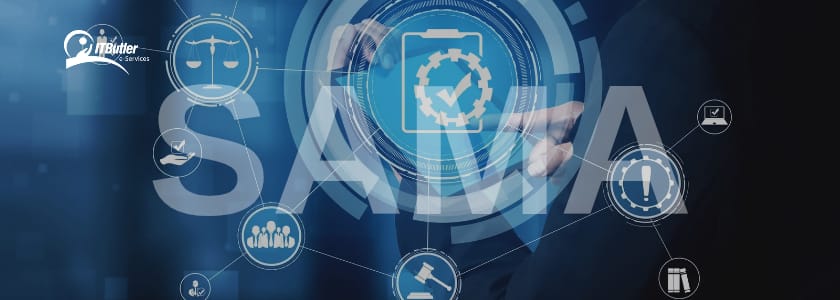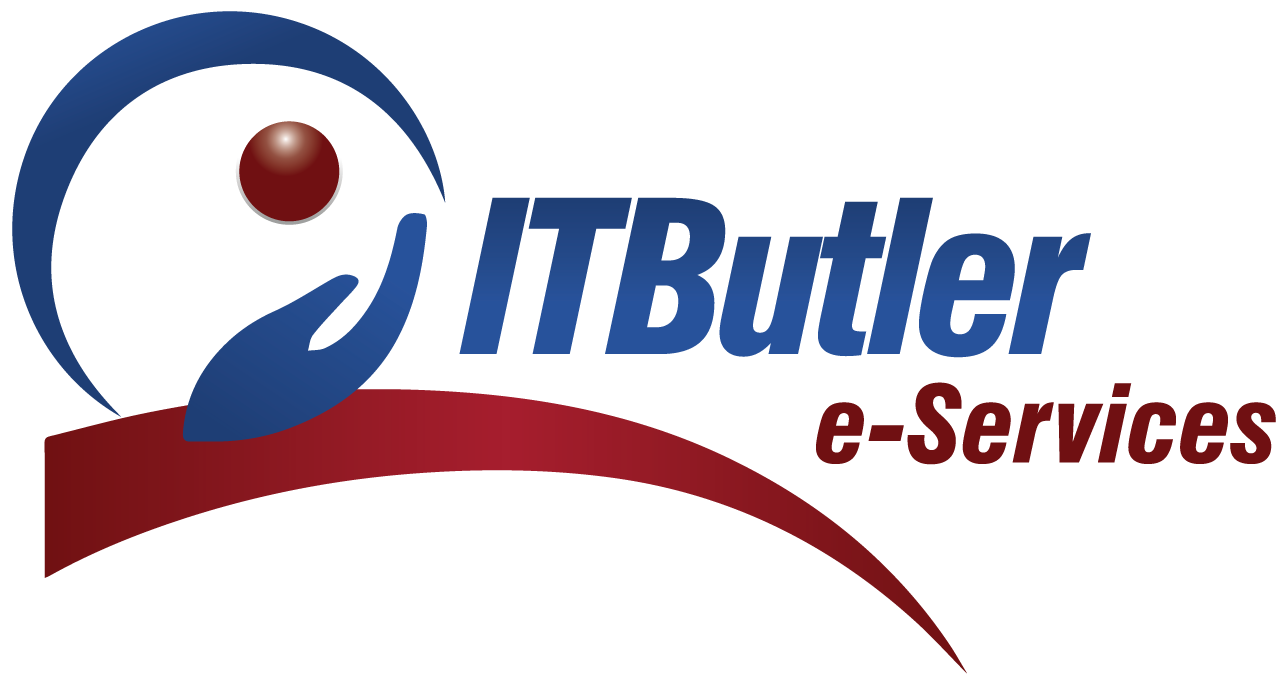Cybersecurity is a big concern, especially for financial institutions. The Saudi Arabian Monetary Authority (SAMA) made strong rules to protect banks, insurance companies, and other financial businesses in Saudi Arabia. These rules are called SAMA Compliance. SAMA Compliance aims to keep customer information safe and prevent cyberattacks. Moreover, it makes sure that companies follow a proper plan to protect their systems. It also helps them get ready to recover if something goes wrong, like a data breach or hacking attempt.
Every financial company in Saudi Arabia must follow these rules. In this blog, we will explain what SAMA Compliance is, why it matters, what the main rules are, how to follow them, and what challenges companies face.
Why is SAMA Compliance Important?
SAMA Compliance works as a protective measure for the Saudi Arabian financial system. Businesses and customers are damaged when financial institutions such as banks and insurance companies are hacked.
Here are critical reasons that show how essential SAMA Compliance is:
- The regulations help organizations maintain data security for their customers’ sensitive information against hackers.
- Risk reduction occurs because SAMA compliance mandates businesses to practice sound security protocols.
- The organization can avoid prolonged disruptions due to cyberattacks when they have plans in advance.
- The implementation of the framework keeps businesses law-compliant, which prevents them from penalties.
- Strong security rules create trust between companies and their customers.
Proper cybersecurity protection safeguards financial institutions from losing significant money and maintains their company reputation. The guidelines go beyond being a regulatory requirement because SAMA Compliance stands as an essential component for modern organizations.
Key Rules and Requirements of SAMA Compliance
To follow SAMA Compliance, a company must meet many security standards. So let’s look at the most important parts of the framework:
1. Cybersecurity Governance
Companies must have a cybersecurity team and define clear roles and responsibilities. Moreover, the board of directors should also be involved in approving policies.
2. Risk Management
Every company should find, assess, and reduce cybersecurity risks. So, a risk register must be maintained and updated regularly.
3. Asset Management
Organizations must keep a record of all their IT assets. This includes software, hardware, data, and other resources.
4. Access Control
Only authorized people should be able to access sensitive systems and data. Therefore, strong passwords and user controls are necessary.
5. Data Protection
Sensitive data must be encrypted and stored safely. Further, backup systems should also be in place.
6. System Development and Maintenance
Companies must use secure coding practices and test systems before launching. Any new updates or patches should be applied quickly.
7. Incident Response
Organizations must create an incident response plan. This helps them take quick action during a cyberattack.
8. Monitoring and Reporting
Systems should be constantly monitored. Moreover, any suspicious activity should be logged and reported to SAMA.
9. Employee Training
Staff must be trained in cybersecurity basics. They should know how to spot phishing emails and report any suspicious behavior.
How to Follow SAMA Compliance
Here’s a step-by-step guide for companies that want to follow SAMA Compliance:
Step 1: Study the Framework
Begin your study by learning the contents of the SAMA Cybersecurity Framework. Download the complete document from the official SAMA website of Saudi Arabia. Spend sufficient time analyzing each section of the material. Moreover, keep notes to follow all significant points.
Step 2: Assess Current Security
Check your current cybersecurity practices. Then, review your practices with SAMA standards to see what you need to do. The assessment shows you both éxitoing areas and weak points in your security activities. Therefore, planning takes less time because of this evaluation process.
Step 3: Perform Gap Analysis
Record what your organization does not have at present. Your assessment will show policy, security tools, and personnel that are absent. Be truthful and offer thorough information during this evaluation process. Thus, the results of a strong gap analysis help you efficiently correct security shortfalls.
Step 4: Make a Compliance Plan
Create the action plan after you have analyzed the gaps. Set timelines and assign responsibilities. Then, create exact work assignments with assigned due dates. Each team member should understand their activities clearly.
Step 5: Train Your Staff
Offer training workshops to your workers. Teach your staff members the necessary cybersecurity procedures they must follow. Due to simple errors leading to severe problems, training staff members at regular intervals is necessary. Moreover, teach your staff new security practices when guidelines or safety dangers evolve.
Step 6: Implement Security Tools
Install protective systems, including firewalls and antivirus since security needs vary per organization. Then, keep your security tools updated to receive their maximum protection benefits.
Step 7: Regular Testing
To protect data, you should test your security system by checking for vulnerabilities and trying to break through it. Performing these tests will reveal system vulnerabilities before attackers identify them. So this method protects your systems effectively.
Step 8: Review and Improve
Cybersecurity is a continuous process. Continue upgrading your security policies when SAMA issues new alerts, plus approach new security threats. Hold monthly or quarterly reviews. Stay prepared to take minor security measures to strengthen your defense systems.

Challenges Companies Face in SAMA Compliance
Challenges Companies Face in SAMA Compliance
The importance of SAMA Compliance exists despite its complicated nature of implementation. Because all businesses experience significant obstacles while implementing this process. So here are some common challenges:
1. Lack of awareness: The difficulty of implementing correct solutions is elevated due to this factor.
2. High Costs: Small enterprises confront high financial burdens when they acquire security software and hire professionals.
3. Shortage of Skilled Staff: The search for qualified cybersecurity personnel remains challenging because there is an insufficient number of experts in this field. The majority of companies operate without sufficiently trained personnel.
4. Complex IT Systems: Large and complex IT network systems exist in major business organizations. Implementing full system compliance requires significant time along considerable time.
5. Keeping Up with Updates: The SAMA framework undergoes occasional updates. Companies must keep themselves updated with the latest cybersecurity knowledge.
Businesses should solve these problems through three actions: cybersecurity consultant collaborations, employee training initiatives, and automation tool implementation to minimize manual tasks.
Conclusion
SAMA Compliance is a key part of cybersecurity in Saudi Arabia’s financial sector. It helps companies protect customer data, reduce cyber risks, and follow the law. So every financial institution under SAMA must follow this framework. The process of becoming compliant may seem difficult, but with a step-by-step plan, proper tools, and trained staff, it can be done. Companies that follow SAMA Compliance not only stay safe but also win customer trust.






